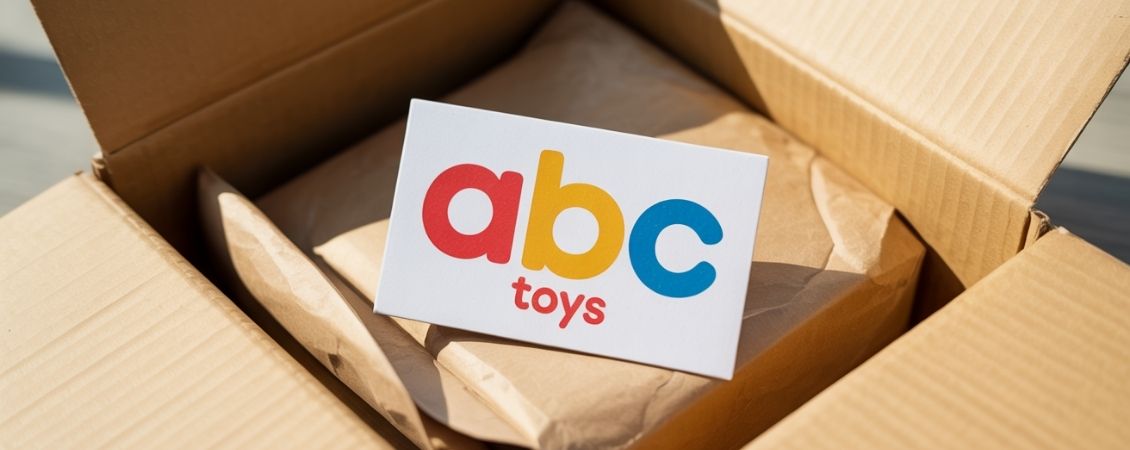Updated on: June 27th 2023
Paperback books or hardcover books – what’s the difference and which style should you invest in? Whether you’re a new author in the process of publishing their first book or a company looking for a premium way to commemorate your achievements, creating the perfect book for your needs is a must. In this quick guide, we’ll weigh up the benefits of both paperback books and hardcover books to help you come to the right decision.
What is a paperback book?
A paperback book, also known as a softcover or softback book, is characterised by its cover. This type of book has a much thinner cover than a hardback book, usually made from thicker paper or card than the inside pages.
The inside pages are usually stitched together, before being glued to a cover. Because they’re bound to a paper cover, this makes the books a lot lighter and more flexible, which in turn makes them easier to hold, read and fit into a bag for travel. It also means that the production of this type of book is cheaper!
What is a hardback book?
Like paperback books, hardback books (also known as hardcover books) are made from a ‘book block’ which is the inside pages glued together at the binding edge. What elevates this style of book is its distinctive hardcover, which is usually made from a material called greyboard – a thick cardboard case with a paper cover glued over it. The paper cover is the part where the design is printed, and the thick cardboard case is what reinforces it.
Although more expensive to produce, hardback books are far stronger and more durable than paperback books. They are also less likely to become damaged over time, making them a great option for special edition publications.
Paperback vs hardcover books
Now we’ve got a clearer idea of what paperback and hardback books are, let’s recap the key differences between them.
1. Price
Hardcover books are more expensive to produce than softcover books, however they also often retail at a higher price. On average in the UK, hardback books prices range from £15-£20, whereas you can pick up a paperback book for around a fiver.
2. Strength
Due to their thick board cover, hardback books are far more durable than their paperback counterparts. This makes them a lot less likely to bend, and keeps the pages from getting frayed.
Hardback books also include endpapers, which are an additional sheet of paper between the cover and the inside pages, acting as another barrier against potential damage.
3. Convenience
Paperbacks are often an easier option for reading and transporting, because they’re a lot lighter and more flexible than hardback books. This means you can hold them for a long time and bend them slightly to fit them in your bag.
If you’re packing for a flight, paperback books also weigh less than hardback books, making them a preferable option for travellers with luggage weight limitations.
4. Appearance
Many hardback publications are released as special, limited editions, meaning they often have enticing designs that differ from the general release (usually a paperback edition). This means hardback books are often sought after by collectors, who are willing to pay a little more to get an exclusive option.
Similarly, if you’re a business looking to create a luxury catalogue or annual report for top clients, it may well be worth opting for a hardback book due to its connotations of being exclusive.
5. Timing
Publishers use paperback and hardback books to capitalise on the market by releasing hardcover books first. It’s not until months later that a paperback version is released. This means, if the book is highly anticipated, readers have no choice but to pay extra to receive a physical copy as soon as possible.
After the initial rush, publishers will release a cheaper, paperback copy in order to secure sales from less avid fans.
What are paperback books used for?
Thanks to their more affordable prices, paperback books are extremely popular for a wide range of publications. Here are the most common uses for paperback books:
• Mass produced fiction books
From novels to children’s picture books, the most common usage for paperback books is fiction books produced on a huge commercial scale. Readers of all ages can enjoy this type of book without paying top whack, and they can be re-read many times. For children’s books especially, paperback books are popular because they’re easy for younger children to hold while they’re learning to read.
• Non-fiction and educational books
Similarly, lots of non-fiction books produced for schools and training use paperback covers as a more affordable option for buying in bulk. The soft covers do add a certain level of protection and can withstand being used over and over again, making them a great choice to have on a school bookshelf.
• Prospectuses
University and career guides are a great option for softcover books, because they’re a premium option without being overly expensive. Many universities print paperback books showcasing their courses to prospective students at fairs, where it may not be worth the cost to hand out expensive hardcover books.
What are hardcover books used for?
Hardback books offer a luxury reading experience, making them great for limited edition publications. Here are just a few of the ways they’re used.
• Special edition novels
While the mass production of book printing generally utilises paperback covers, publishers create limited edition versions to pre-release to fans before the cheaper option hits the shelves.
• Premium catalogues
For luxury products, hardback catalogues are a great way to entice higher spending clients. If the quality of the catalogue is anything to go by, the products must be world class!
• Portfolios
If you’re looking to impress clients or potential employers, it’s important to set yourself apart from the crowd. Bring your photography or graphic design portfolio to life by creating a premium, hardcover copy.
• Company history books
Celebrating your company’s journey should be commemorated in a special way, which is why many businesses choose to have theirs bound in a hardback book to impress visiting clients and set their milestones in physical form.
What kinds of hardback and paperback books are there?
Here at instantprint, we offer hardback and paperback covers on a choice of books:
Thread sewn books – these Threadsewn books boast unrivalled durability, as the pages are folded together and bound with thread for a sturdy finish.
K-Bind books – we use our revolutionary K-binding technique to create impressive flat-lay books with no gutter between the pages, making them ideal for image-led publications.
Choosing your book cover
Now that you know all of the differences between paperback and hardback books, and some of the ways they’re commonly used, you’re fully equipped with the knowledge you need to make an informed choice. In summary, we’d recommend hardcover books for premium, special-edition publications, whereas paperback is a better option if you’re planning on getting a lot of books printed. Shop our book range for even more choices!
Creating your artwork
On our product pages, you'll find downloadable templates, artwork help tips and product information. If you have any artwork-related questions, get in touch with our personal artworkers, they'll be happy to help.





